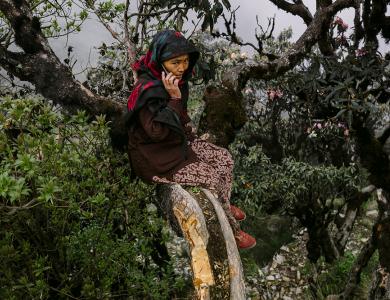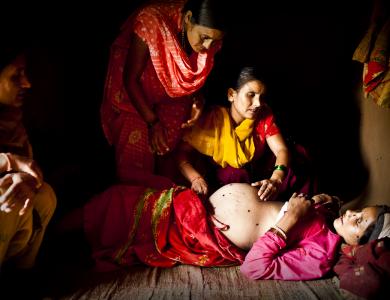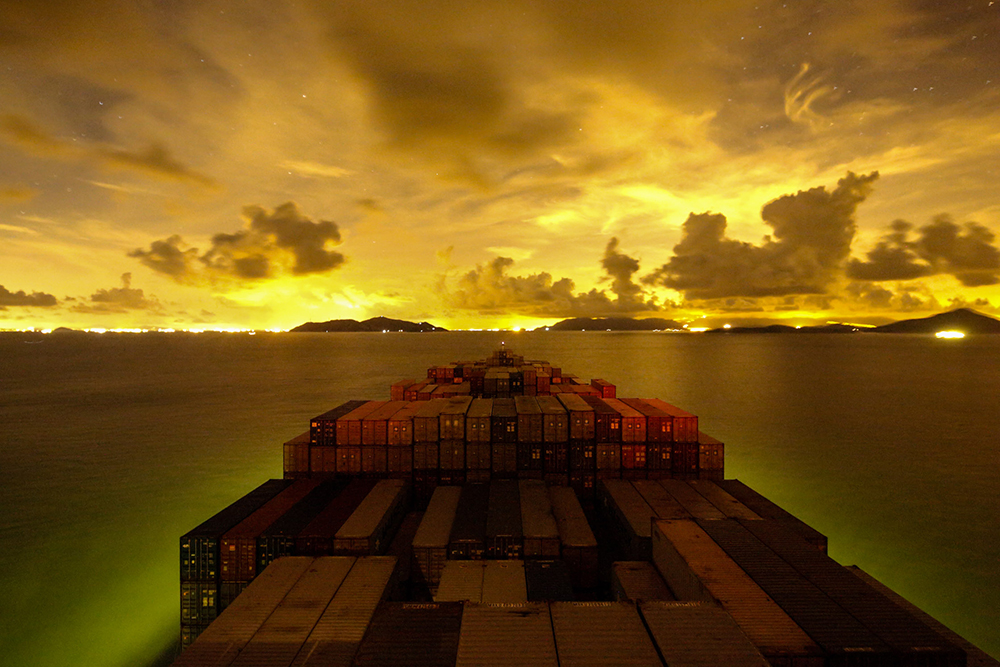
Photographer and filmmaker Toby Smith has an impressive history, in work and life, which has resulted from a driven and determined work ethic. This week theprintspace’s Ameena Rojee talks to him to find out how he balances his time, and how he got to where he is today.
Hi Toby, thanks for taking the time to answer our questions. Let’s start simple - please introduce yourself!
Good morning. My name is Toby Smith, from Lincoln originally. I work as a contemporary photojournalist, and after 7 years in Hackney I have just relocated to Cambridge. I have just started a residency here at the University of Cambridge Conservation Research Institute, kindly funded by the Leverhulme Trust. I am currently exhibiting 2 of my major projects as part of the Cambridge Festival of Ideas and using that as a platform to network within the conservation sector.
What’s your story?
It feels long, twisty and some of it quite blurry! But seriously, I was schooled in Nottingham before joining the Staffordshire Regiment, specifically a reconnaissance platoon. After 2 years of service I took leave to study Zoology at Nottingham University and during this time I made the difficult decision to leave the infantry. After graduation I worked across Central and East Africa in eco-tourism before finally coming back to the UK with an impoverished and cold bump! I had always been passionate about photography as a hobby and creative obsession. I had focused on science during education, and suddenly photography provided a geeky creative and artistic output for me. With the help of my good friend, Chris Littlewood, I applied successfully onto the MA in Contemporary Photography at London College of Communication here in London. Before graduating Chris and I set up the now mothballed Roof Unit Photography Collective whilst I developed my personal work and started working with Reportage by Getty Images. Photography is now simply an eloquent word that glues all of my interests, friends and experiences together whilst also providing a medium to communicate to complete strangers with.
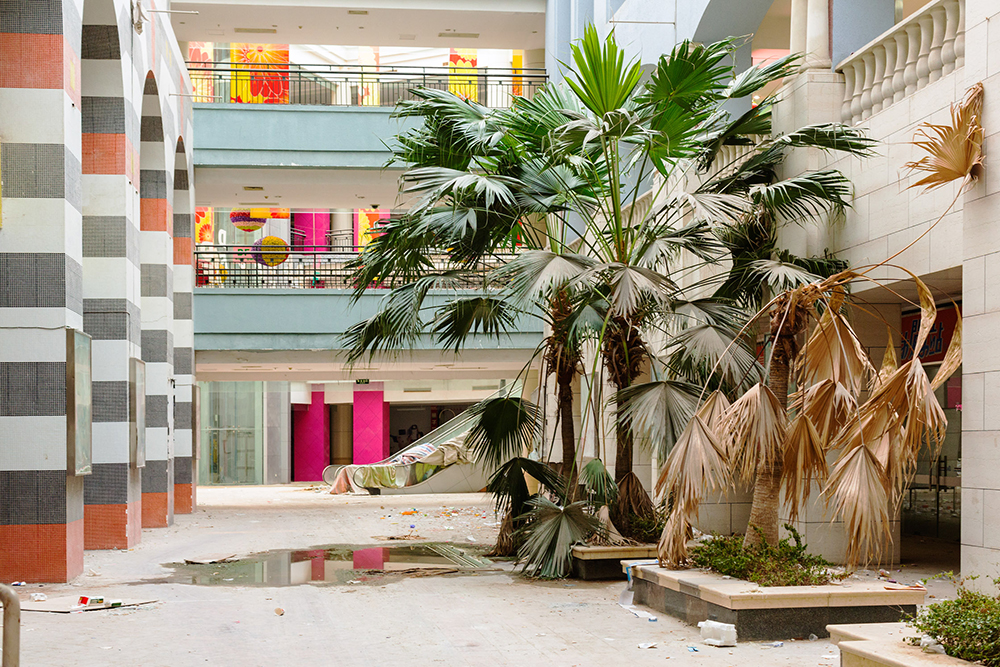
What’s a typical day like for you, when you’re on a job?
It starts very early and is usually very long if the situation allows. I always ensure I do my research on the location, weather, equipment and prep everything I can the night before a shoot. I love loading up my pick-up truck super early and heading out on the dark streets before the rest of the world wakes-up. I try to arrive on location early enough to find breakfast and settle in mentally. I can be quite frenetic on location, especially if I feel the natural lighting is unpredictable or unstable. I avoid downloading any work before the day is over and all possible options (or my legs and brain) are exhausted. I prefer to stay ‘in-location’ rather than get sucked into the back of the camera or a laptop. There is always something more interesting around the next corner, or at least I hope there is. A hearty meal and good local beer at the end of the day is often a carrot in my mind!
As well as being a photographer, you also work with video. How important do you think it is for photographers these days to be able to work with more than one medium? Do you think a skill with video itself is important, or even necessary today?
I think I experimented, invested and trained myself in video too hard and too early. It’s an easy trap to fall into with the massive overlaps in the equipment, but the workflow and importantly the mindset are utterly different. I’ve come, with experience, to realise that like any camera technique, or specific stills equipment, that video is just another option in your arsenal. It can be lucrative, exciting and powerful. It can, however, also be time-consuming, frustrating and gimmicky. The project idea, narrative, audience and what you want to achieve with your work should come first. Then the techniques, presentation method, team and equipment choice will fall into place to help realise that.
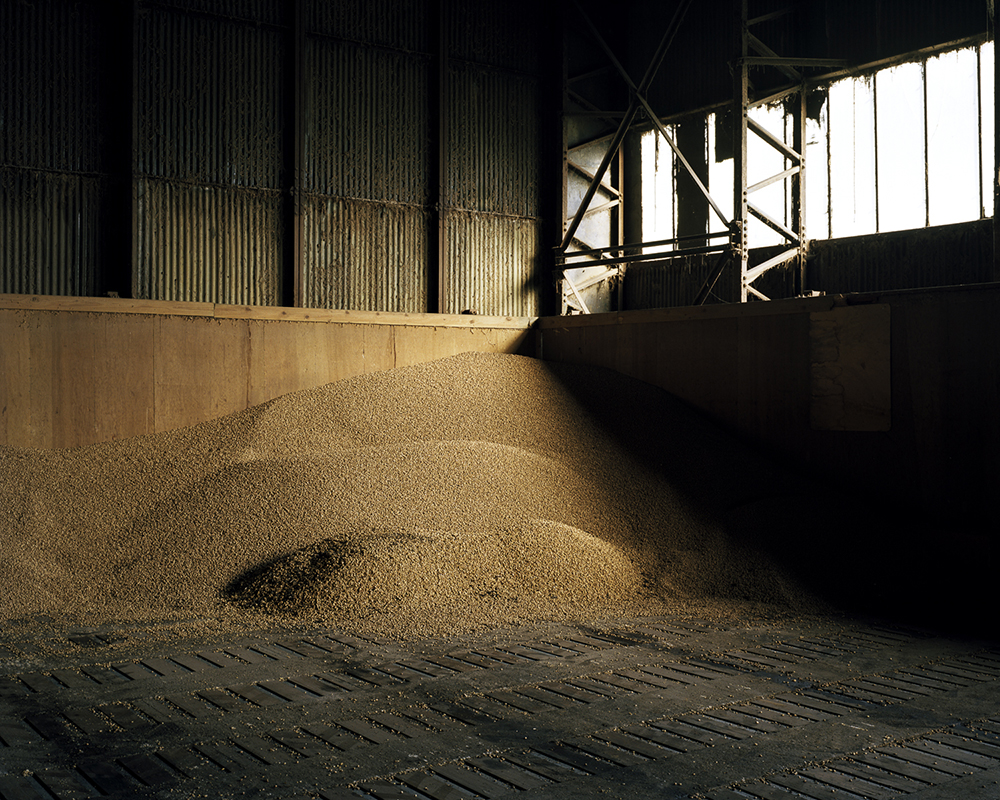
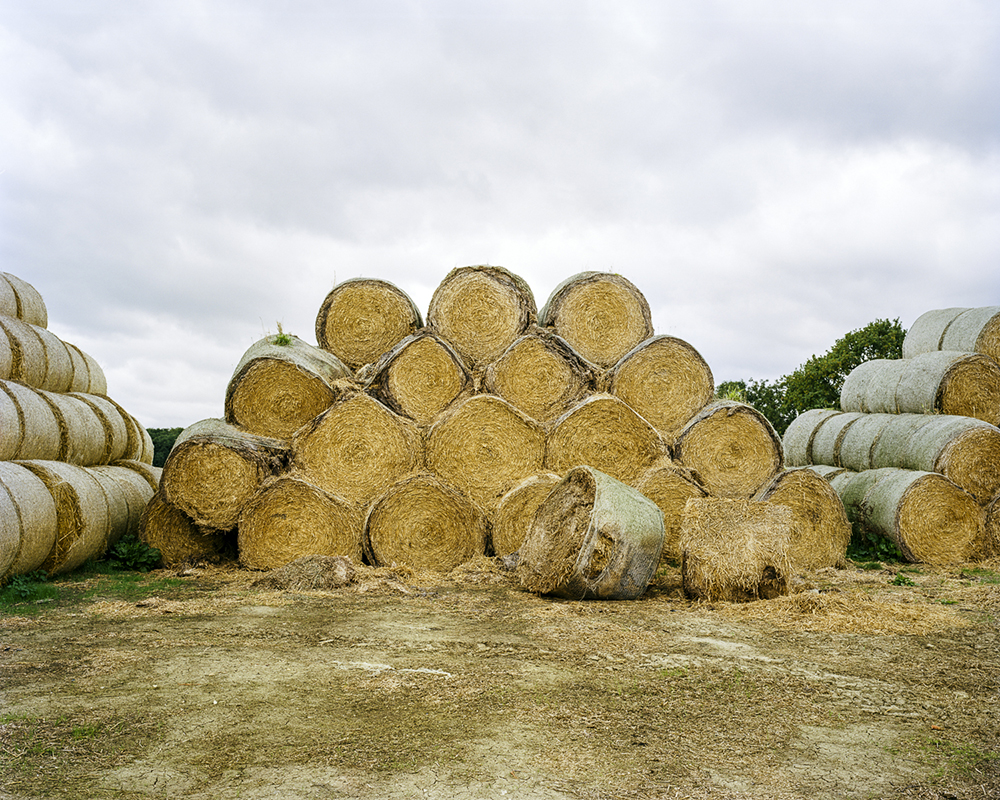
You seem to be someone who is always on the move and always on a job, and you have an impressive list of achievements and projects behind you. What would be your top five tips for a photographer looking to establish a career in the photographic industry, working on as many projects and shown in as many exhibitions as you have been?
Thank-you! Rather than give a stereotypical answer on the photography industry I think my best advice would be to actually look beyond and away from the saturated, competitive and (dare I say it!) occasionally self-obsessed creative world. Find a specific subject matter, topic or sector that you are genuinely passionate about and then do work on or within it. Audience, opportunities and perhaps funding may surface more easily once you carve a niche and you won’t need to jostle or crawl over your peers. I started my career almost accidentally by getting obsessed with the science and infrastructure behind power generation. This has now come full circle and after a number of major projects I am heading back towards conservation and the issues I was involved with before photography. Don’t be afraid of failure or sticking your nose into areas where a creative or photographer isn’t welcome. Those are the subjects that haven’t been seen or photographed a thousand times that we probably want to see!
Additionally, how do you find time to do all this? How do you balance your time between your career and personal time?
There was no balance to begin with. I was definitely a workaholic when Chris and I set up Roof Unit in 2009. We lived in the studio, our social circle was 95% photography and my working hours or week-days were a giant blur. I think it was needed to get the ball rolling but I am also very glad to have, over the last few years, learnt to ease back on the gas. I can now say ‘no’ to work or opportunities when I don’t have the capacity for them. I try to keep regular hours, when not on assignment, with a clear physical separation from studio time and time at home. I haven’t perfected ‘switching-off’ but I do try. This has actually made me much happier personally by investing in my life and a family outside of photography. I won’t lie however, as there are occasions when a dream assignment lands or the bank balance is low that I revel in going flat out, charging forwards with the systems in place to handle the pressure.
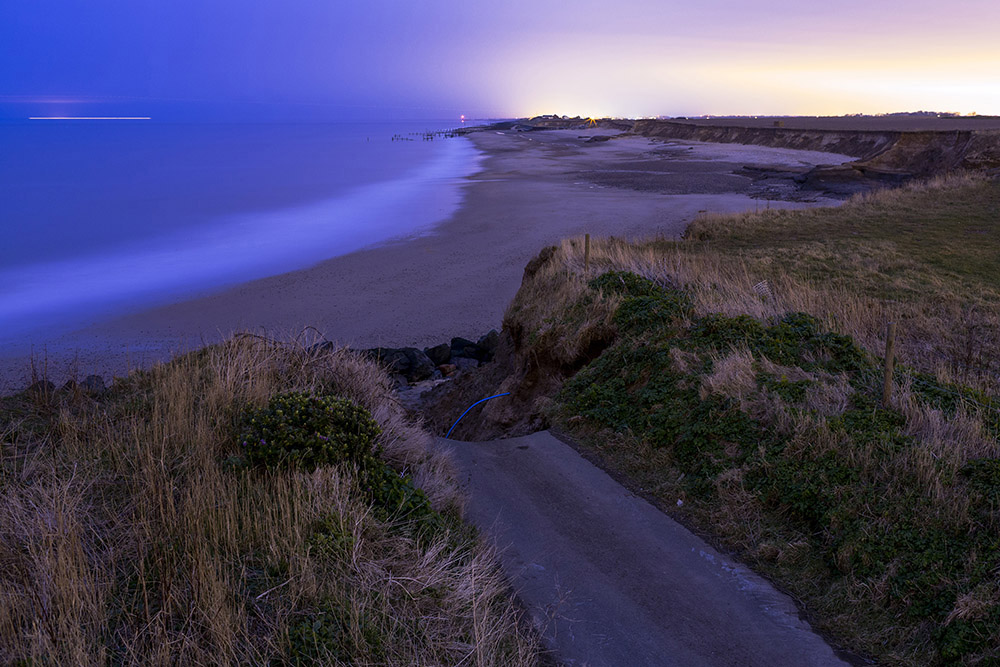
What’s next for you? Are you working on anything new?
Always. I think it is important to layer work between research, production and outputs such as an exhibition. Projects take time to realise and gain traction and gaps can be frustrating or financially scary. I normally have a good dozen ideas floating around my head and desk and they get gradually whittled down or shaped by research and if I’m lucky some of these actually go into production or get commissioned. Ideas are your most important currency, so do excuse me for not sharing them all with you. The residency at Cambridge is an amazing opportunity to lift the lid on some of the incredible research being done with some great collaborations and opportunities for public engagement on the cards.
Finally, what inspires you?
Photography is a dynamic way of linking all of my interests and past experience together. I am constantly curious and as a journalist I can explore, engage and present issues that I feel are important. I am also recently married and feel very proud and fortunate to be able to pay a mortgage, support a lifestyle and hopefully start a family whilst doing something I love. Now the machine is running I am inspired that I can make work and partner with organisations that will help the world spin in the right direction for future generations.
Thanks Toby for the interview!
tobysmith.com

